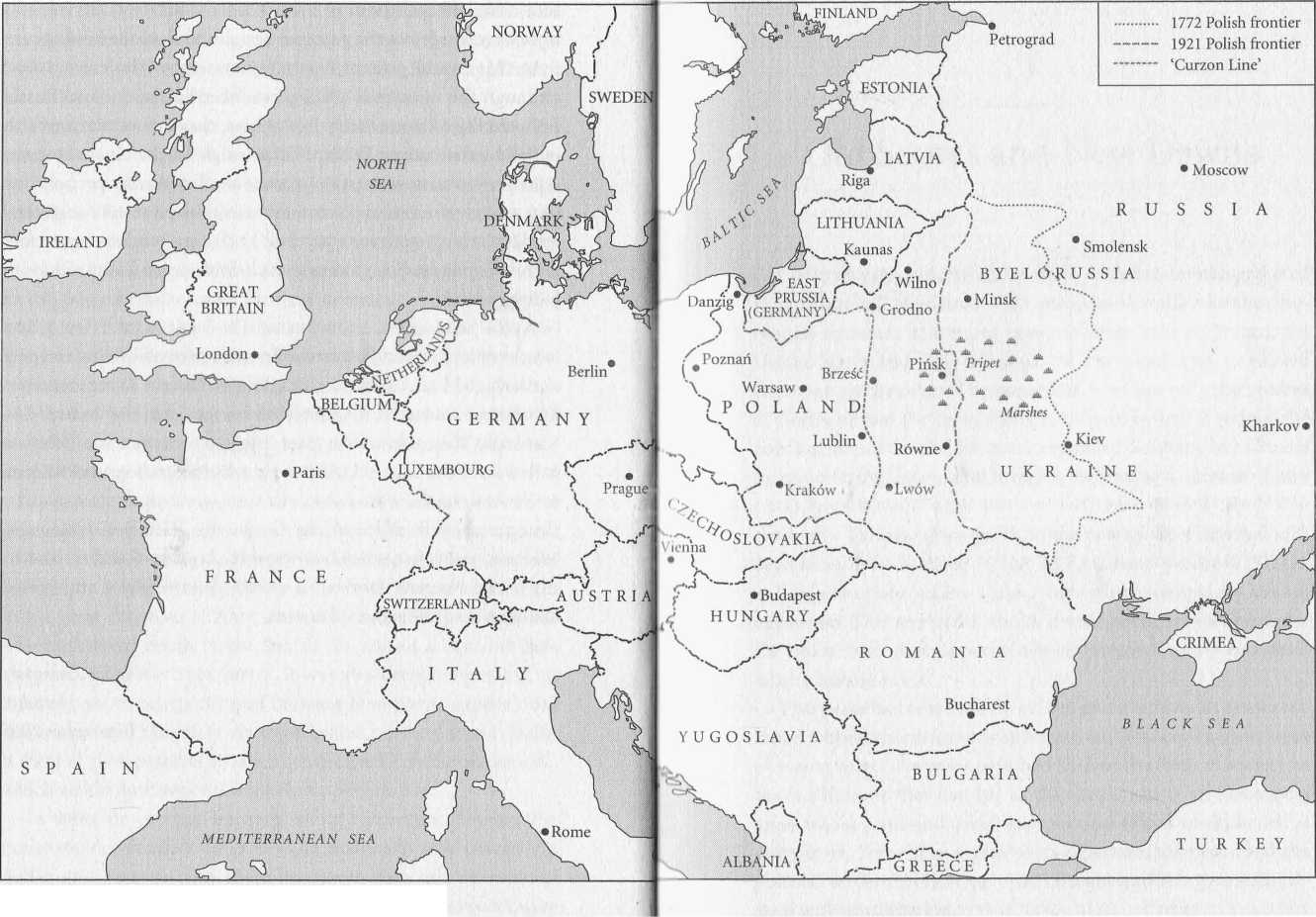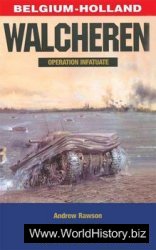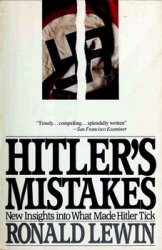It may come as something of a surprise to most people that a battle as decisive as Marathon or Waterloo took place in Europe between the end of the First World War in 1918 and the outbreak of the Second in 1939. Dramatic and fateful as they were, the events that took place at the gates of Warsaw in August 1920 have sunk into oblivion.
This is the more surprising as they had a profound effect on the politics of the 1920s and 1930s, on the course of the Second World War, and on the peace settlement of 1945, as well as a lasting one on attitudes throughout Europe - figures such as Stalin, Churchill and De Gaulle were personally involved, while others such as Mussolini, Franco and Hitler took careful note.
The reasons for this eclipse are not hard to find. One is that while the battle did indeed alter the course of history, it did so by preventing something from taking place rather than by reversing it; this meant that it had no palpable impact on anyone not directly involved. Another is that historians of the time were mostly preoccupied with other themes, such as composing triumphalist accounts of the Great War from their own national standpoint. If they mentioned the battle of Warsaw at all, they tended to follow the lead of Soviet historians, who, not wishing to accept that their country had lost a war, treated it as part of the Russian Civil War, which the Soviets had won. Finally, the Second World War reversed the effect of the 1920 contest, seemingly rendering it irrelevant in the greater scheme of things. A negative view of Eastern Europe and the wholesale acceptance of socialist orthodoxies by Western historians in the decades following it did the rest.
This little book does not pretend to fill the resulting void. All it can aspire to is to provide an outline of the events, and specialists will find my generalisations wanting. Since the political and diplomatic background has been extensively covered by others (see Further Reading, page 149), I have concentrated on the military operations, and in particular on providing a synthesis accessible to the general reader and a succinct overview of what happened and how. This necessarily excludes dozens of minor actions and ignores the part played by many lesser actors, some of them of crucial importance. Nor can it give anything but a hint of the horrors and the heroism involved, or of the sense, which comes through all personal accounts and contemporary documents, that this was a crisis of European civilization.
1 was fortunate enough to take an interest in these events some years ago, when many participants and even a few key players were still alive. There was something both exciting and unreal about sitting in a seedy London flat or a clapboard house somewhere in the great expanses of American suburbia, talking to someone who had stared death in the face at the end of a lance or seen the glint of Trotsky’s spectacles. It was also deeply rewarding, as it helped me to bridge the gulf between how events appear from documents and how they are experienced on the ground. Sadly, it was not then possible to talk to participants on the Soviet side, which would have added a remarkable perspective.
In spite, or perhaps because, of its contentious nature, the Polish-Soviet conflict of 1919-21 is extremely well covered in Polish and Russian, and there has never been any shortage of written sources. All of the essential operational documents were accessible, either in print or in archives, remarkably early on, and little has emerged in the past two decades to shed the kind of new light that would prompt a reinterpretation of the events. And although the numerous studies produced in Poland and Russia between the wars are rarely free of bias, they do contain a wealth of solid information. Perhaps surprisingly in the circumstances, it is the even more numerous accounts and studies by participants that provide some of the most interesting material. Although they tend to be written from a partisan and often blinkered position, an intelligent reading that takes this into account can yield rich pickings.
As the participants and witnesses I was able to interview are no longer with us, I would like in the first place to thank them, and particularly the late Aleksander Pragiowski, Kornel Krzeczunowicz, Wladystaw Anders and Adam Minkiewicz. I am also indebted to Stanislaw Bieganski of the J6zef Pilsudski Institute and Wadaw Milewski of the Sikorski Institute in London; to Boguslaw Winid, to Dr Andrzej Czeslaw Zak of the Central Army Archive and Dr Grzegorz Nowik of the Army Centre for Historical Studies in Warsaw, to Professor Andrzej Nowak, Bogdan Gancarz, and to my friend Norman Davies. As always, Shervie Price anticipated the queries of the standard reader.
Adam Zamoyski London September 2007

Europe after the Paris peace settlement




 World History
World History









